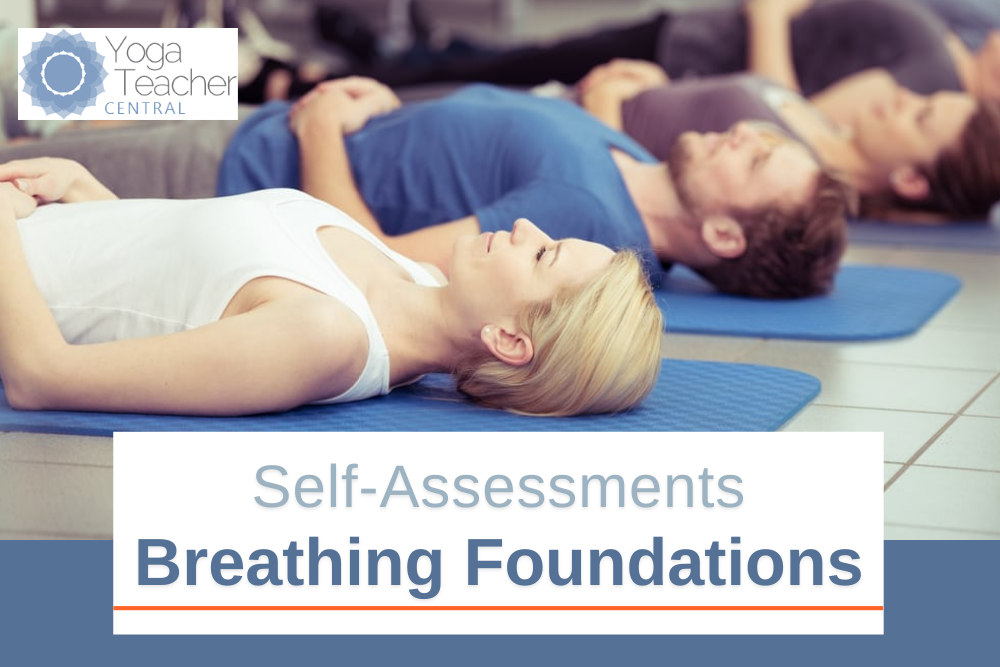
Introduction
Quickly assess your knowledge of Breathing Foundations, and identify gaps in your education. See below for assessments on these subjects:
- Breath Teaching Cautions
- Healthy & Restricted Breathing
- Natural Effortless Breathing
- Basic Breath Training
- Yogic Breathing
- Pranayama Teaching Foundations
Purpose
Offer a series of free quizzes for yoga teachers to:
- Provide an effective way to assess knowledge of each of the Teaching Knowledge Standards.
- Make it easy to self-assess privately, on your own time.
- Help teachers who identify educational gaps to bolster their knowledge with accessible and practical lessons.
More Self-Assessments
For more self-assessments, see the Standards & Self-Assessment Hub.
Breath Teaching Cautions
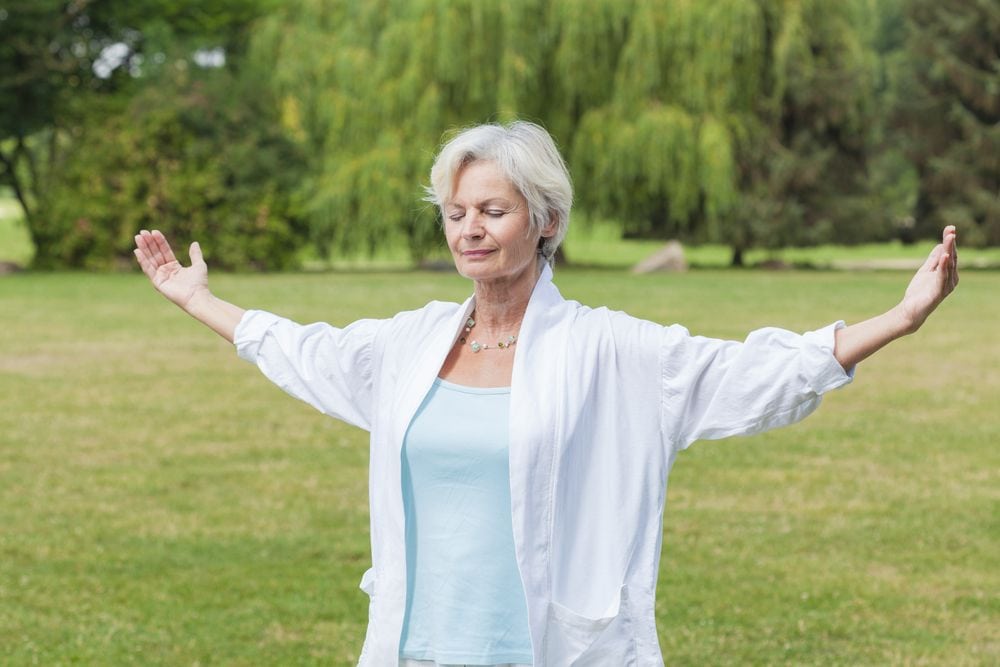
Teaching Standard
Become clear on the cautions related to practicing pranayama and best practices for teaching about the breath, including teaching to beginners.
Assessment
- Why is it important to distinguish between preparatory breath practices and formal pranayama techniques?
- Which practices are safe for beginners? Which are not?
- What aspect of the breath cycle requires particular experience and skill to safely practice and teach?
- Describe cautions to be observed during breathing and pranayama
- Describe multiple perspectives from which to consider and teach the topic of breathing and pranayama.
Healthy & Restricted Breathing

Teaching Standard
Become knowledgeable about the power of the breath to affect physiology and emotions, and the causes and effects of breathing issues, including reverse/paradoxical breathing and chest breathing.
Assessment
- Which systems of the body are affected by breathing?
- What is unique about the breath as part of the autonomic nervous system?
- Describe research that shows the two-way connection between breath and emotions.
- Why might students be experiencing restrictions to their breathing?
- What are some of the effects of constricted breathing patterns?
- Describe six ways that breath may be inhibited.
- Describe reverse breathing and the potential causes and effects of this pattern.
- Describe chest breathing and the potential effects of this pattern.
- What is periodic breathing?
Natural Effortless Breathing

Teaching Standard
Become proficient in the naming conventions related to natural breathing and diaphragmatic or belly breathing; characteristics and benefits of natural breathing; and ways to teach belly breathing, the three-part breath and effortless breathing.
Assessment
- What other terms may be used to refer to natural breathing?
- What are the characteristics of natural breathing?
- What are some of the many benefits of natural breathing and simple breathing techniques?
- Natural breathing is by definition effortless. So why does it need to be taught?
- What are characteristics or hallmarks of natural breathing?
- What are some simple ways to encourage natural, effortless breathing?
- Describe Belly Breathing.
- What is the Three-Part Breath?
- Should your visualization instruction to students be to inhale up & exhale down, or to inhale down & exhale up?
- How can you use Crocodile Pose to teach natural breathing?
Basic Breath Training

Teaching Standard
Understand the difference between unconscious and conscious breathing and techniques for guiding students in conscious breathing that slows their breathing rate and expands respiratory capacity.
Assessment
- What is the most important instruction for students learning breathing fundamentals?
- How does awareness of the breath affect the resting breath rate?
- What is the primary objective and benefit of breath training for new students?
- What breath training basics will prepare students for pranayama?
- Describe a number of practices for teaching breath awareness.
- Aside from breath awareness practices, what other gentle practices might you consider for breath training?
Yogic Breathing
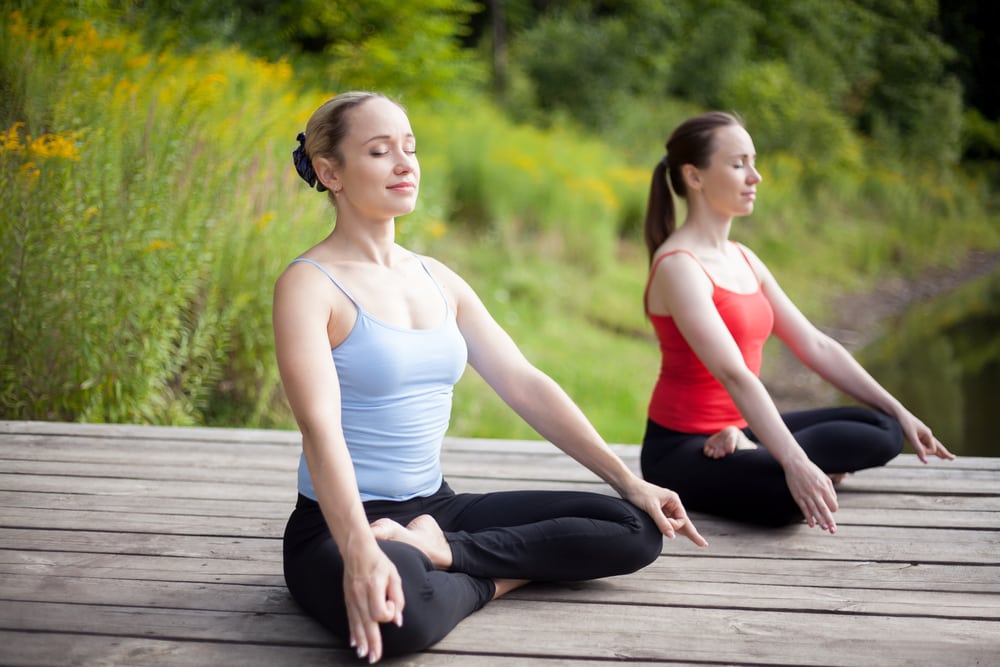
Teaching Standard
Understand the differences between clavicular, thoracic and diaphragmatic breathing and become knowledgeable about conscious exhalation and diaphragmatic rib cage breathing.
Assessment
- For what reasons might a wise teacher NOT teach some yogic breathing techniques?
- Define clavicular breathing and why it’s not ideal. Explain the conditions under which it’s typically present.
- Define thoracic breathing and explain its effects.
- What is typically meant by the term “yogic breathing”?
- What are signs of improper breathing?
- Explain the benefits of a conscious exhalation.
- Explain the benefits of “breathing into the back body.”
- What is the yogic breathing technique for consciously exhaling? How do experts Gary Kraftsow and Mukunda Stiles explain it?
- What do experts Erich Schiffmann and B.K.S. Iyengar have to say on the topic of yogic breathing?
- How is the more advanced technique of diaphragmatic rib cage breathing different from ineffective chest breathing? Why might the two be confused?
Pranayama Teaching Foundations
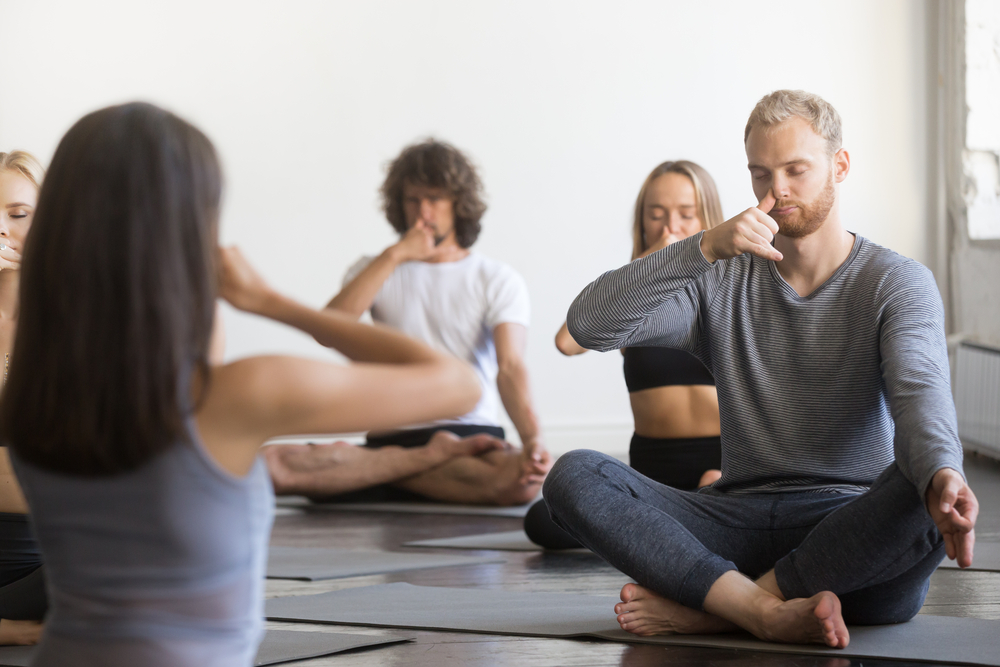
Teaching Standard
Understand the parts of the breath cycle, what is necessary for safely teaching kumbhaka and which practices serve different energetic purposes.
Assessment
Vocabulary Mix & Match
| “ANTARA KUMBHAKA” |
| |
Breath retention |
| “BAHYA KUMBHAKA” |
| |
Exhalation; specific translation is “emptying” and is the “path of cessation” (Richard Rosen) |
| “KUMBHAKA” |
| |
Inhalation; specific translations include “filling,” “completing,” “fulfilling,” “satisfying,” “flood” or “stream” (Richard Rosen) |
| “PURAKA” |
| |
Breath retention after exhalation |
| “RECHAKA” |
| |
Breath retention after inhalation |
Questions
- What is the purpose of pranayama?
- According to B.K.S. Iyengar, how does pranayama begin and end?
- Why is patience required for safe and effective pranayama practice?
- When practicing kumbhaka, what is important for safe practice?
- Briefly discuss the philosophy underlying pranayama.
- Describe rechaka, the exhalation.
- Describe kumbhaka, breath retention.
- When pairing breath with movement, what is the thinking behind which aspect of breath is chosen?
- Discuss pairing breath with movement.
- Discuss transcending the basic guidelines for various reasons.
- Which pranayama techniques tend to have a stimulating effect?
- Which pranayama practices tend to have a calming effect?
- What pranayama techniques are designed to balance energy?
Next Steps
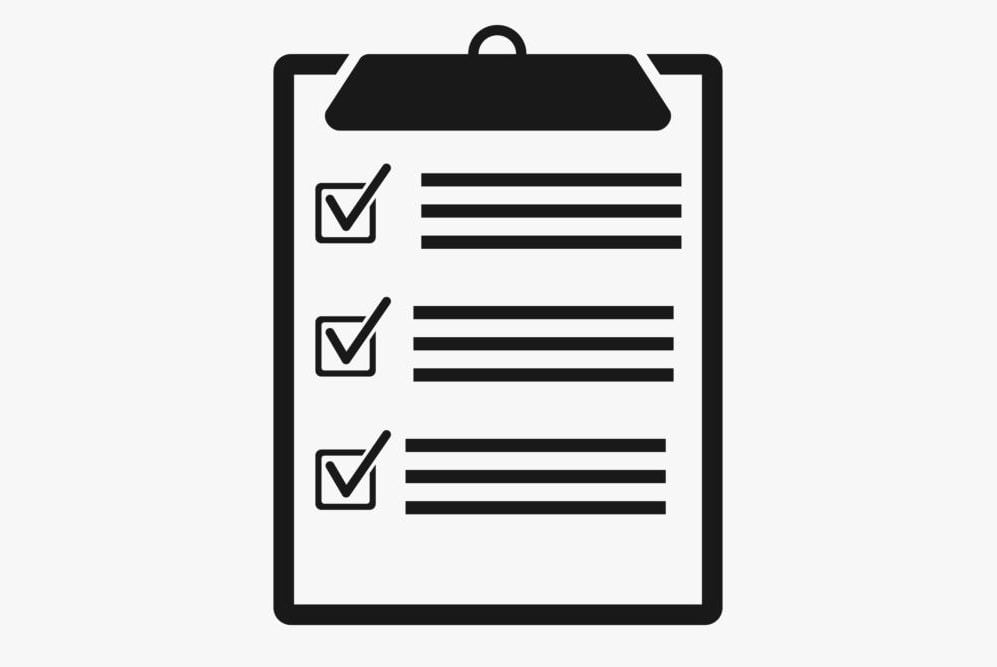
- To view more self-assessments, go to the Standards & Self-Assessment Hub.
- To bolster your knowledge and be recognized as a YTC teacher, enroll in the Yoga Teacher Central Study Program (details below).
- Members, view clear and concise lessons:

In a Nutshell
- The enrollment fee is $25 and is open to Yoga Teacher Central members, past members and non-members.
- Members receive current membership benefits plus additional benefits listed below.
- Enrollment in the Study Program qualifies you for lifetime YTC Teacher status.
Benefits
Enrolling in the Study Program gives you:
- A downloadable Knowledge Standards Lesson Guide to walk you through a structured study path toward certification.
- Selection of 5 downloadable lessons of your choice (from a library of nearly 500).
- Recognition as a YTC Teacher (for life; no expiration).
- Professional marketing kit for highlighting your YTC Teacher status on social media and your website.
- Excellent preparation for taking certification exams.
Members
- Your current membership gives you online access to not only thousands of pages of organized study and teaching knowledge, but also sequence breakdowns and teaching notes, theme plans, injury cheat-sheets, and so on.
- When you enroll in the Study Program, you get these additional benefits: a Knowledge Standards Lesson Guide, selection of 5 downloadable lessons of your choice, and a professional marketing kit for highlighting your YTC Teacher status on social media and your website.

See here for information about exams, badges and certification. Get links for each exam, and for a no-risk trial exam.
We think you’ll enjoy taking the exams. The questions are well-thought-out and the subject matter is quite engaging and significant for teachers. You’ll get an inspiring teaching after answering each question. At the end of the exam, you see a summary of wrong answers and the relevant teachings, giving you a personal study guide targeted to your needs.
This is an hour well-spent!










